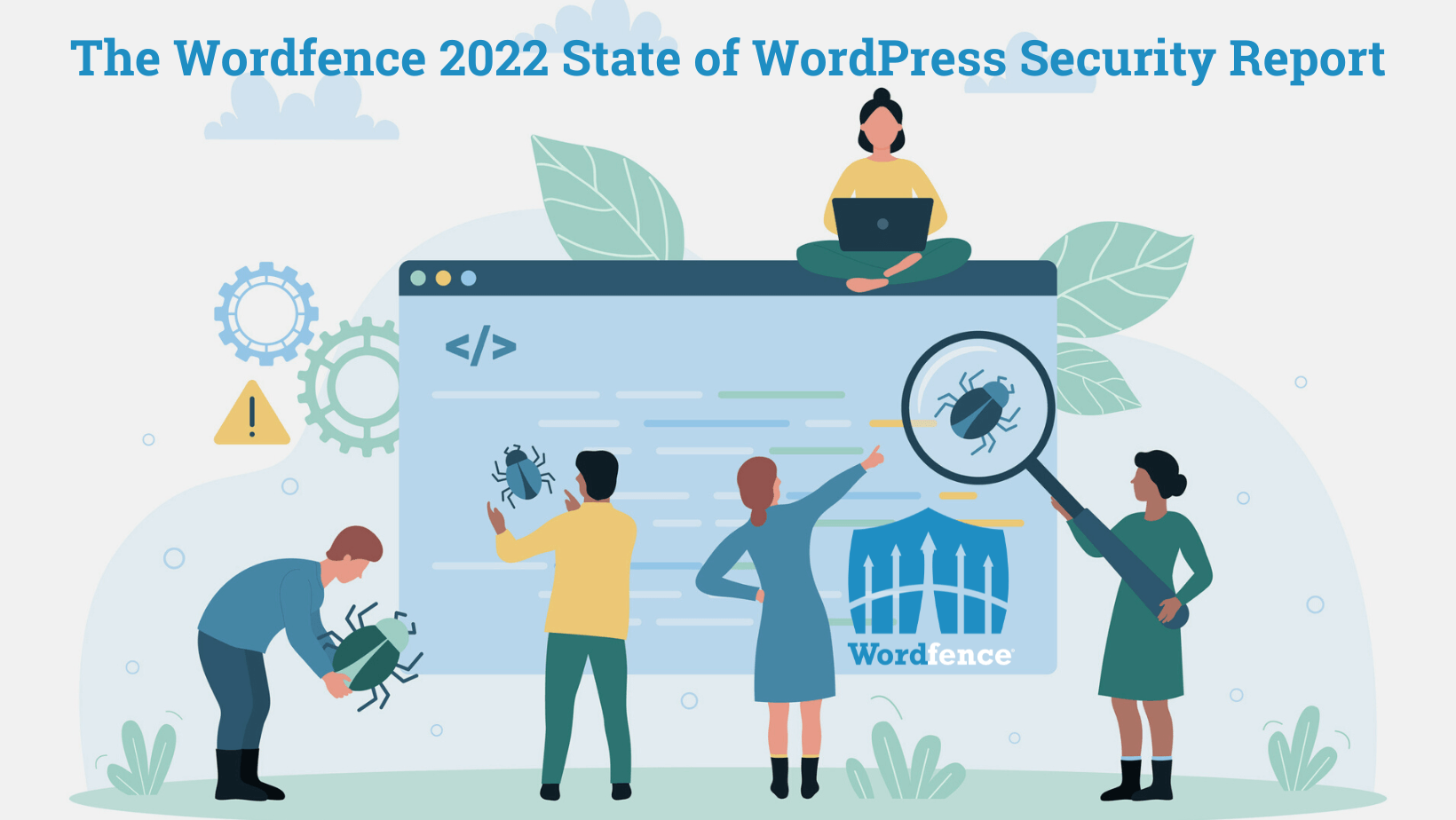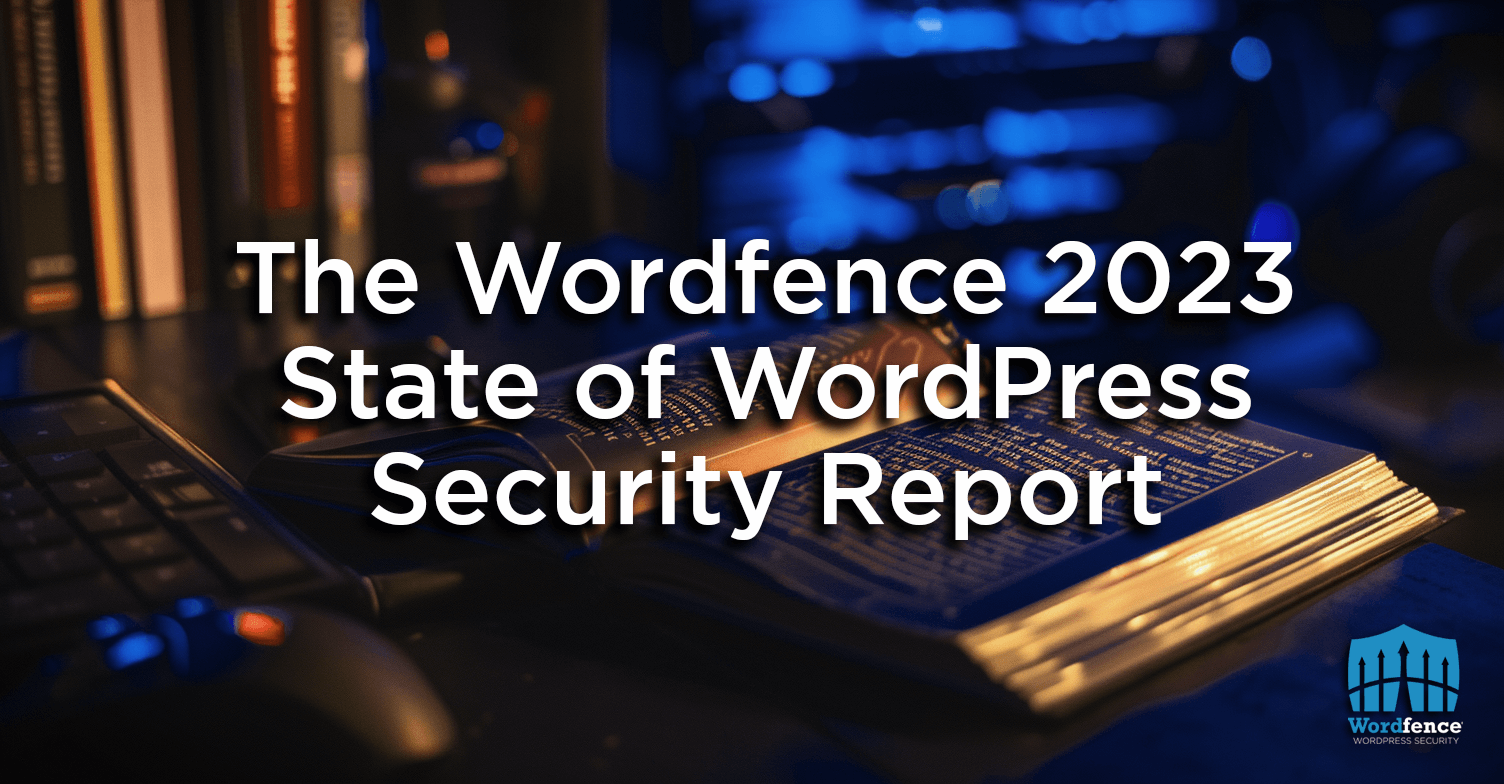This site uses cookies in accordance with our Privacy Policy.
Wordfence Research and News
Category: General Security
Newest
The Wordfence 2023 State of WordPress Security Report
Today, the Wordfence Threat Intelligence team is releasing our 2023 State of WordPress Security Report as a free White Paper. In our report, we look at changes in the threat landscape, analyze impactful trends, and provide recommendations based on our findings. While most of our recommendations remain consistent with prior years, there were some surprising …
Read More

Critical Unauthenticated Remote Code Execution Found in Backup Migration Plugin
🎁 Wordfence just launched its bug bounty program. Through December 20th 2023, all researchers will earn 6.25x our normal bounty rates when Wordfence handles responsible disclosure for our Holiday Bug Extravaganza!

Vulnerability Researchers: Check out The Critical Thinking Podcast
Today, The Wordfence Bug Bounty Program was featured on an episode of the Critical Thinking Podcast, a top resource and community for bug bounty researchers.

Know Your Malware Part Two – Hacky Obfuscation Techniques
In the first post in this series, we covered common PHP encoding techniques and how they’re used by malware to hide from security analysts and scanners.

Know your Malware – A Beginner’s Guide to Encoding Techniques Used to Obfuscate Malware
With the launch of Wordfence CLI, our high performance security scanner that can detect the vast majority of PHP malware targeting WordPress, Wordfence continues to emphasize the importance of malware detection and remediation.

Malware Scanning: An Essential Layer of Website Security
Wordfence recently launched Wordfence CLI, a high performance command line malware scanner, which makes use of our extensive set of malware detection signatures to rapidly scan file systems for infections.

PSA: Intentionally Leaving Backdoors in Your Code Can Lead to Fines and Jail Time
In the cybersecurity field, we talk a lot about threat actors and vulnerable code, but what doesn’t get discussed enough is intentional vulnerabilities and becoming your own threat actor.

The WordPress Ecosystem is Becoming More Secure with Responsible Disclosure Becoming More Common
The Wordfence 2022 State of WordPress Security Report was released on January 24th, 2023.

The Wordfence 2022 State of WordPress Security Report
Today, the Wordfence Threat Intelligence team is releasing our 2022 State of WordPress Security Report as a free White Paper.

PSA: Your Site Isn’t Hacked By This Bitcoin Scam, Keep the Money
On January 19th, 2023, a member of the Wordfence Threat Intelligence team received an email from their personal blog, claiming the site had been hacked, and we received two reports from Wordfence users who received the same message.

